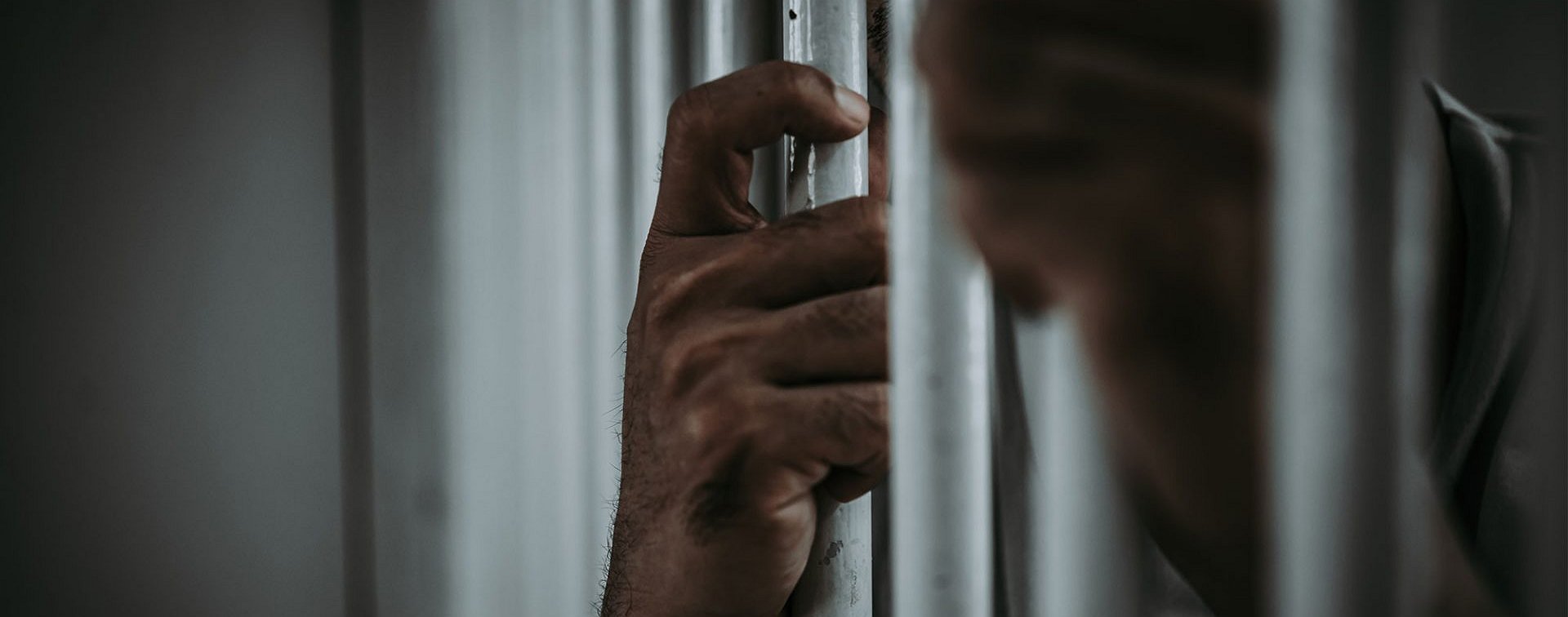Aziza Nofal is no novice when it comes to the challenges of investigative journalism. She has worked on controversial topics, such as the smuggling of relics, and the legal wrangling between Jordan and Palestine over the extradition of criminals. But when she decided to look into torture in Palestinian prisons, not only did she face resistance from the Palestinian Authority, but also from torture victims, lawyers who should be defending them, and her editors too.
I’ve been an investigative journlaist for many years. But this story was different because it’s about the torture that’s taking place in the prisons of the Palestinian National Authority.
My report might be the first that investigates torture of prisoners in political cases, not just criminal ones.
The idea came to me during an advanced course on investigative reporting that was organised by The Media Development Center at Birzeit University and International Media Support (IMS). At the time, I was constantly following reports fromf human rights organisations.
The issue of torture is not new. What is actually new is that the Palestinian National Authority (PNA) has signed up to international treaties that prohibit torture. It did so on its own initiative without foreign pressure. The PNA’s signing of agreements that prohibit torture contradicts human rights’ reports that document dozens of torture cases every month. While these are only cases of victims who had the courage to speak up, there are many others who remain silent, either for fear of punishment or due to the trauma they suffer from as a result of what they went through in prison. My report might be the first that investigates torture of prisoners in political cases, not just criminal ones.
I mapped out a plan for this investigation. It was clear in theory, but the practical process was complicated, and I had to make some adjustments.
Searching for victims of torture to collect their testimonies was very difficult. Although I managed to find dozens of cases, they didn’t want to talk to the press, even when I promised not to publish the recorded interview. I also tried to approach victims who were receiving psychological treatment because of the torture, but they refused to talk to me, especially those arrested for crimes such as theft and drugs.
But what I found strange was that many human rights’ researchers and lawyers did not want to talk to me.
Therefore, I decided to approach families of detainees who were alleged to have died because of torture. I also used a documentary that was produced by a human rights organisation, which included testimonies of torture victims.
But what I found strange was that many human rights’ researchers and lawyers did not want to talk to me. They did not seem to consider torture as an important issue that needs to be highlighted, mainly because it’s an ongoing issue rather than a new one. This was an obstacle as I had to spend more time in convincing them to talk to me.
As I got closer to completing the investigation, I needed to speak directly with the officials who were responsible for the conditions in those prisons. They refused to speak to me, so I approached the head of the anti-torture department at the Ministry of Interior. She did not deny the existence of torture, but she kept trying to avoid giving clear answers. All she said was that new steps would be taken to eliminate this issue.
One of the key conclusions I came to, especially after reviewing reports of torture between 2008-2018, is that this torture is a policy. It is not just some individual cases by random officers, as per the official narrative. Lawyers and human rights organisations say such practices against detainees have not stopped throughout this period. If such practices were just individual cases, then they wouldn’t have continued at the same pace throughout these years.
Perhaps the most important conclusion was that the situation in prisons run by the government of Hamas in Gaza was similar. The practices were the same, and torture statistics were almost similar.
I faced a lot of criticism during my investigation. Some tried to downplay the extent of the problem on the basis that torture exists in the Gaza Strip as well.
I faced a lot of criticism during my investigation . Some tried to downplay the extent of the problem on the basis that torture exists in the Gaza Strip as well. They said it wouldn’t be right to focus only on the West Bank. Eventually I had to include cases of torture in Gaza even though I wasn’t fully convinced. This was due to several reasons:
· The investigation focuses on the Palestinian Authority and the continuation of torture specifically because it had signed on treaties against torture.
· I was unable to visit the Gaza Strip, and so it was difficult to investigate cases and conduct interviews. As a result, I had to rely on the testimony of a colleague; a journalist who was subject to torture in a Hamas prisons. I interviewed him on Whatsapp for an audio testimony. But aside from that, I could not find other cases of torture.
Investigative journalism requires total commitment in terms of time, which is what we lack as field reporters. This report took six months, and I could have finished it in two months had I been fully dedicated.
Furthermore, our local media does not publish or pay attention to such investigations because they cost time and money. This is why a lot of the credit goes to Bissane El Cheikh, one of our mentors at the Marie Colvin Journalists’ Network, who helped me to publish the report on Daraj.
